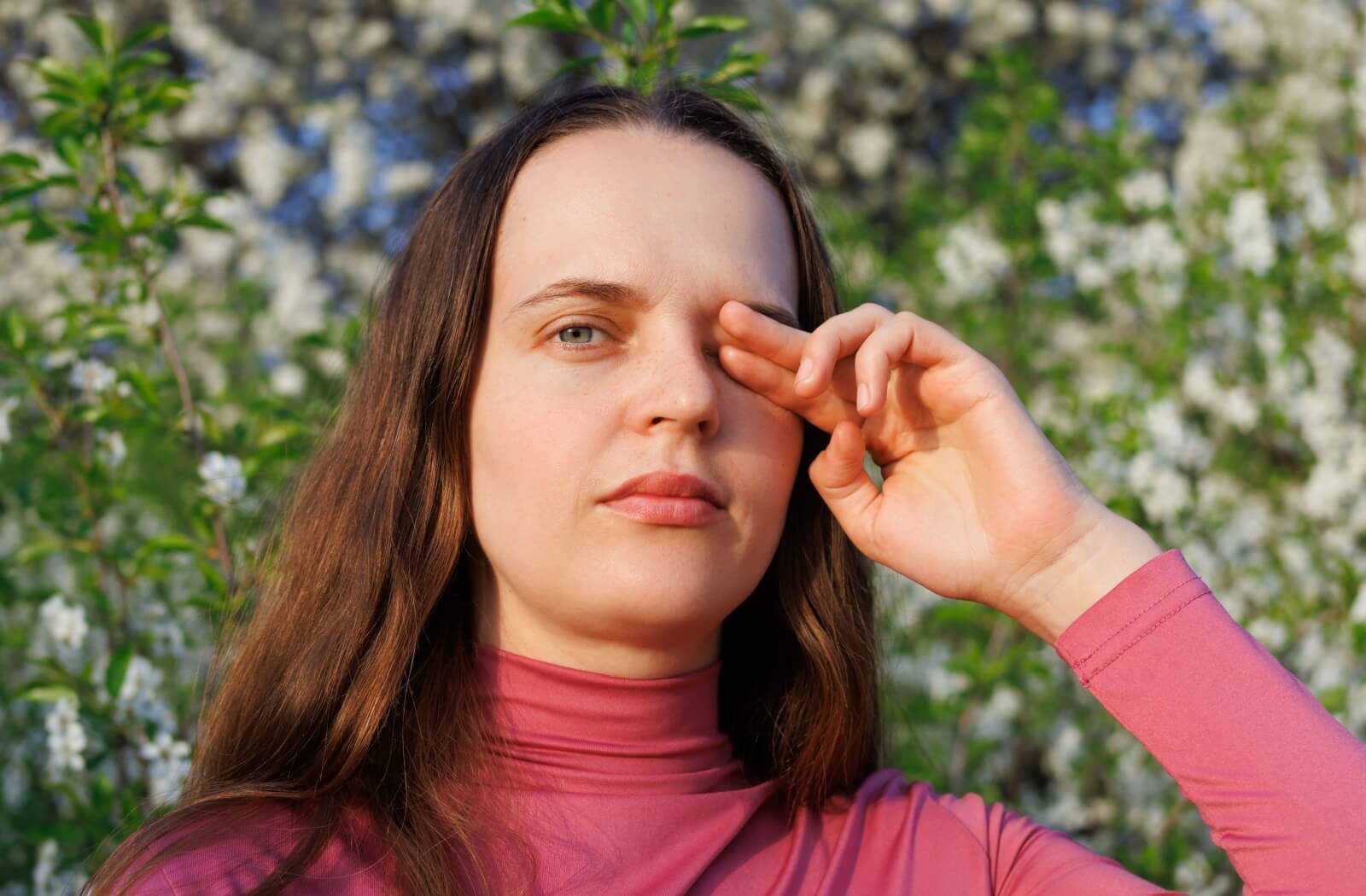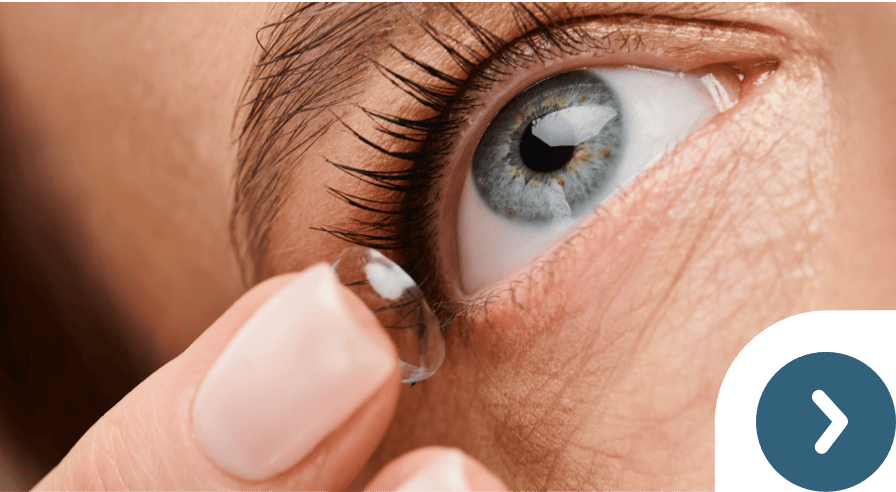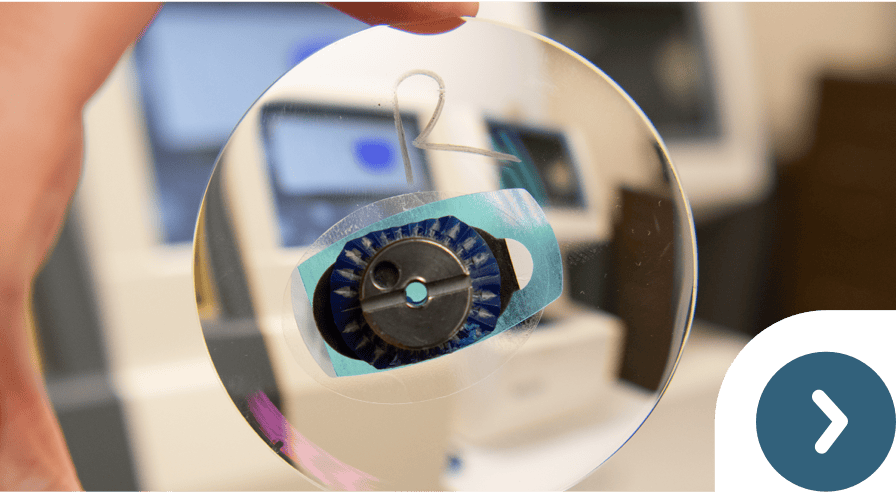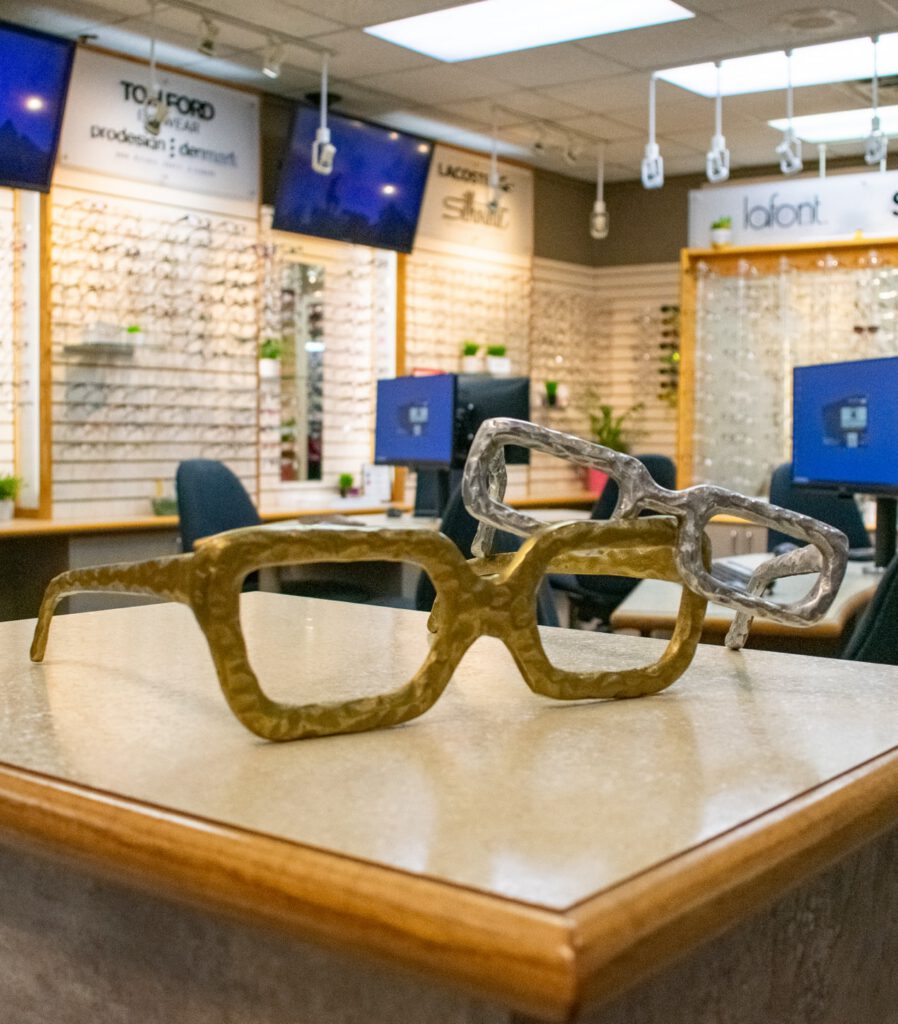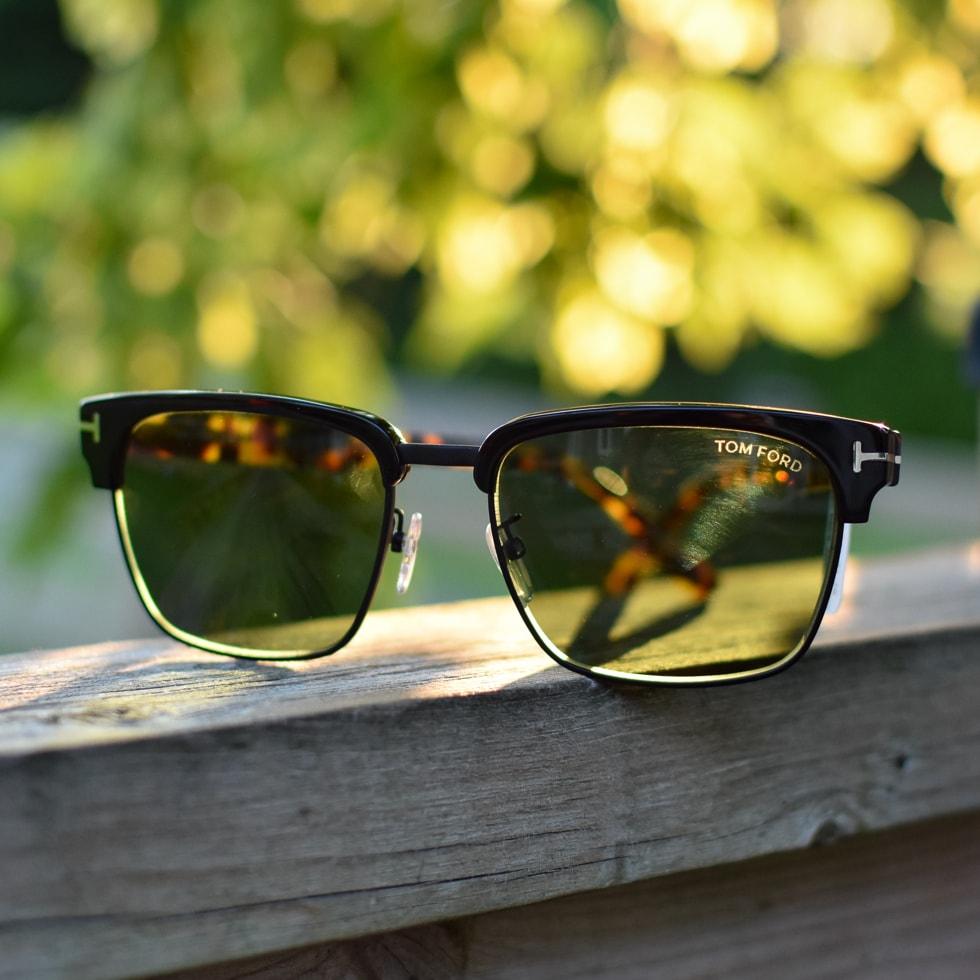If your eyes often feel dry, itchy, or irritated, you’re not alone. Many people in Ontario experience eye discomfort, especially during seasonal changes. But when symptoms persist, it can be difficult to tell whether you’re dealing with dry eye syndrome, allergies, or even a combination of both.
The key difference? Dry eyes are typically caused by poor tear production or when your tears evaporate too quickly, while eye allergies result from your immune system reacting to allergens like pollen or dust. The symptoms may overlap, but the causes—and treatments—are very different.
Understanding the difference between dry eyes and allergies is key to finding lasting relief. While their symptoms may overlap, the root causes and treatments differ. Knowing what’s triggering your discomfort helps you take the right steps toward clearer, more comfortable vision.
Why Eye Discomfort Is So Common
Modern lifestyles and environmental conditions can place enormous strain on the eyes. Many people spend hours each day in front of screens, which reduces their natural blink rate and dries out the surface of their eyes. Exposure to indoor heating, air conditioning, dust, and airborne allergens all further contribute to irritation.
Outdoor conditions can also play a role. In Ontario, dry, windy winters and pollen-heavy springs create a fluctuating environment that affects eye health year-round. Add in aging, contact lens use, or underlying medical conditions, and it’s no wonder that chronic eye irritation is one of the most frequent complaints in optometry clinics.
While occasional symptoms are common, ongoing discomfort may indicate a more persistent condition that requires professional evaluation.
What Is Dry Eye Syndrome?
Dry eye occurs when your eyes don’t produce enough tears or when the tears that are produced evaporate too quickly. Healthy tears are essential for lubrication, eye protection, and clear vision.
Common symptoms of dry eyes include:
- A gritty or sandy sensation
- Stinging or burning
- Redness
- Blurred vision that improves with blinking
- Light sensitivity
- Excessive tearing (a reflex response to dryness)
Many people are surprised to learn that watery eyes can actually signal dryness. This kind of reflex tearing happens when the eye tries to compensate for inadequate moisture.
What Causes Dry Eyes?
Several factors can lead to dry eye syndrome:
- Age: Tear production tends to decrease naturally with age.
- Environment: Dry air, wind, and heating or cooling systems can increase tear evaporation.
- Digital screens: Prolonged use of computers, phones, or tablets reduces blinking.
- Contact lenses: Long-term use can disrupt tear film and irritate the surface of the eyes.
- Medical conditions: Autoimmune diseases such as Sjögren’s syndrome or rheumatoid arthritis can impair tear production.
- Medications: Antihistamines, antidepressants, and certain blood pressure medications are known to cause dryness as a side effect.

What Are Eye Allergies?
Eye allergies, also known as allergic conjunctivitis, occur when your immune system overreacts to substances like pollen, pet dander, mould, or dust mites. The result is inflammation and irritation of the conjunctiva—the clear tissue that covers the white part of your eyes.
Symptoms of eye allergies typically include:
- Itchiness (often intense)
- Redness
- Tearing or watery eyes
- Swollen or puffy eyelids
- Stringy or watery discharge
- Sneezing or nasal congestion (when allergies affect both eyes and sinuses)
Unlike dry eye, allergy symptoms tend to flare up in response to specific triggers, especially during certain seasons or after exposure to environmental irritants.
How to Tell the Difference
Although both conditions can cause redness, watering, and discomfort, there are subtle differences in how they feel and behave:
- Itchiness is more pronounced with allergies, while dryness and burning are more common with dry eye.
- If your symptoms improve with antihistamines, allergies may be the culprit.
- If symptoms worsen during screen time or in dry environments, dry eye could be the cause.
- Nasal symptoms or sneezing often accompany allergies, but not dry eye syndrome.
It’s also possible to have allergies and dry eye at the same time. For example, someone may experience springtime allergies while experiencing additional dryness due to antihistamine use.
Effective Treatments for Dry Eyes
Managing dry eye requires both symptom relief and treating the underlying cause. Strategies may include:
- Artificial tears: Over-the-counter lubricating drops provide temporary relief.
- Environmental changes: Using a humidifier, avoiding fans, and taking breaks from screens can make a big difference.
- Prescription drops: Medications such as Restasis® or Xiidra® help reduce inflammation and improve tear production.
- Punctal plugs: These small inserts reduce tear drainage, helping the eyes retain more moisture.
- In-office treatments: Optometrists offer in-office dry eye therapies such as heated eye masks and meibomian gland expression to restore healthy tear film.
Effective Treatments for Eye Allergies
If allergies are to blame, treatment focuses on managing inflammation and avoiding triggers:
- Antihistamine eye drops: Reduce itching, redness, and swelling.
- Cold compresses: Soothe irritated eyes and reduce puffiness.
- Oral antihistamines: Help if symptoms affect the eyes and sinuses.
- Avoidance strategies: Keep windows closed on high pollen days, use air purifiers, and regularly wash hands and bedding.
Severe cases may benefit from short-term use of corticosteroid eye drops, but these should always be prescribed and monitored by your optometrist.
When to Book an Eye Examination
If your symptoms persist, worsen, or interfere with daily life, it’s time to book an appointment. A comprehensive eye examination can identify the root cause of your discomfort and rule out more serious eye conditions that may present similarly.
At Westmount Optometrists, we take the time to understand your unique symptoms, lifestyle, and medical history. Our team uses modern diagnostic tools to assess tear quality, measure inflammation, and evaluate the overall health of your eyes.
Relief Starts with the Right Diagnosis
Chronic eye discomfort isn’t something you need to ignore—or try to treat on your own with trial and error. Whether you’re struggling with dry eye, seasonal allergies, or both, professional care can make all the difference.
At Westmount Optometrists, we proudly serve the Westmount and Glencoe communities in London, ON, along with surrounding areas, by providing compassionate, personalized eye care. Our team is committed to helping you see—and feel—your best through tailored treatment options and ongoing support.
Book your eye examination today and let us help you get to the root of your discomfort, so you can enjoy lasting clarity and comfort.

